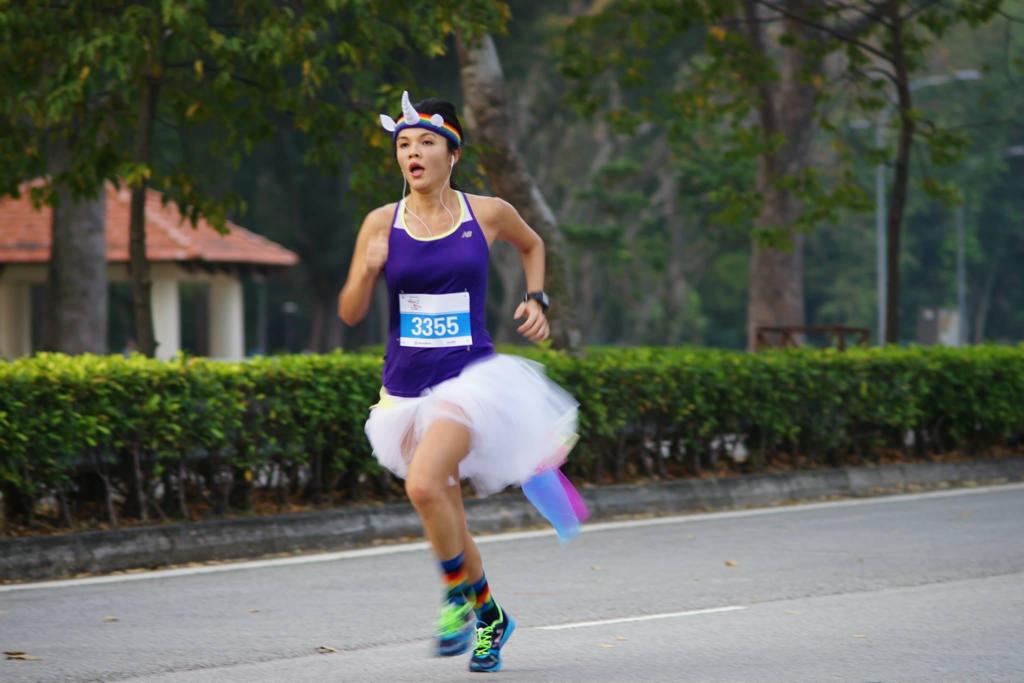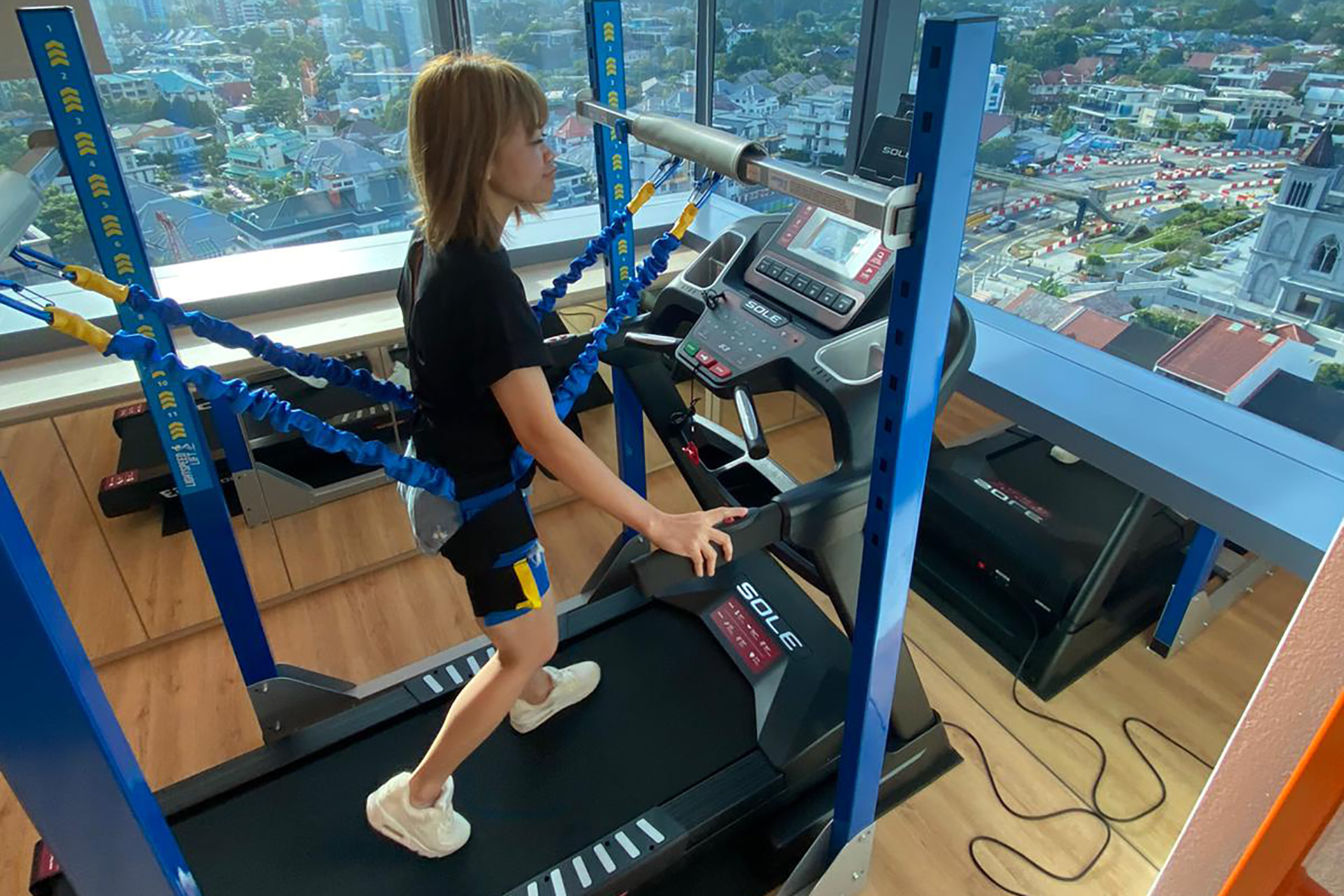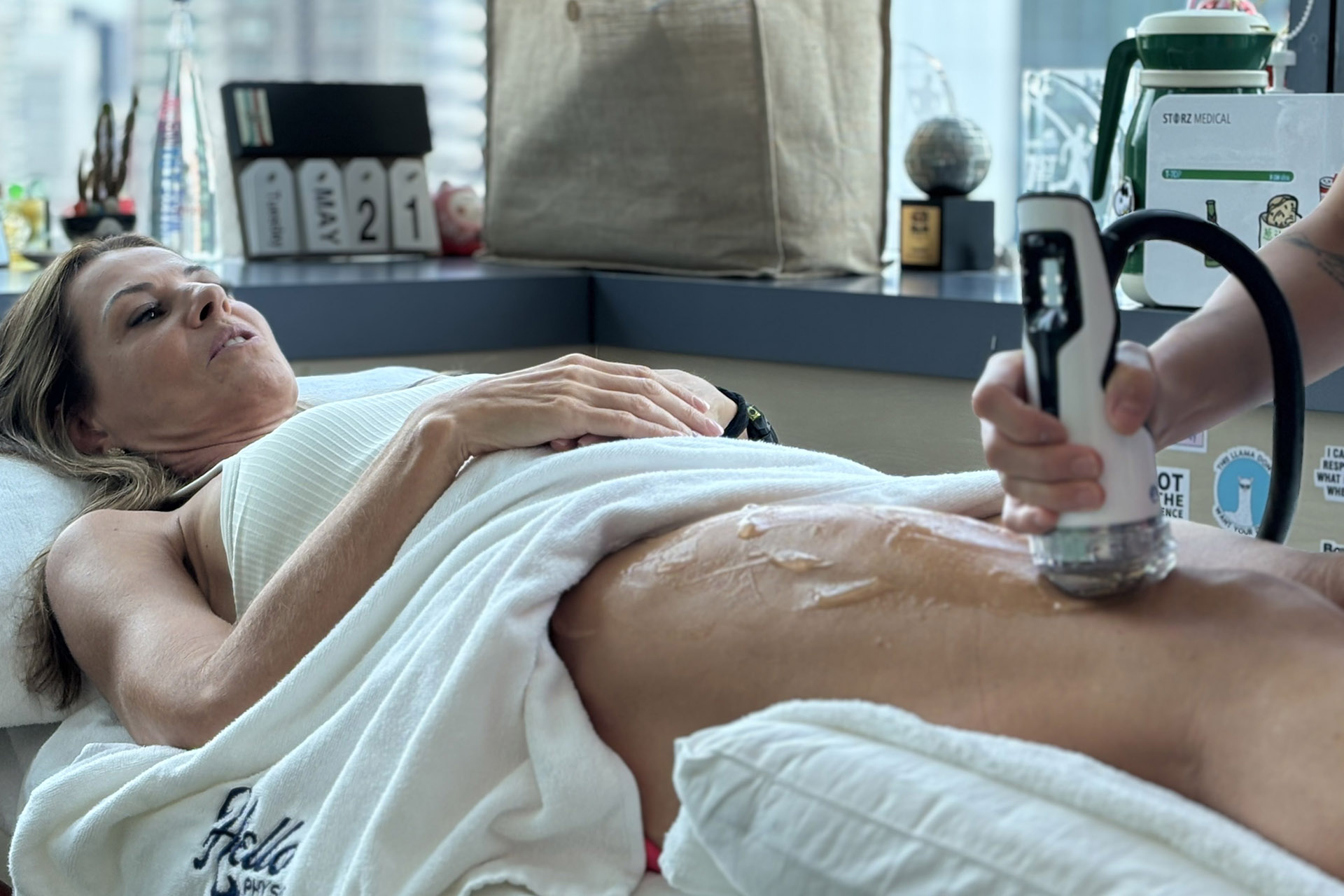|
Getting your Trinity Audio player ready...
|
When Senior Physiotherapist Jenny Huang speaks about returning to running after an ACL injury, her eyes light up with excitement and caution. She’s an elite runner, so she knows both sides of the issue: the arduous path to recovery and the rewarding future ahead. “It’s a journey,” she says, leaning forward in her chair at HelloPhysio, Singapore’s premier sports physiotherapy clinic. “But the right approach can lead to a stronger, more resilient athlete.”
Huang’s words bring hope for runners facing the long road of ACL recovery. The anterior cruciate ligament (ACL) plays a crucial role in knee stability, especially during running’s dynamic movements. When this ligament tears, it’s not just a physical setback – a psychological challenge that can shake a runner’s confidence.

Physiotherapists now have more tools than ever to help a runner get back on track safely and effectively. The key is a progressive rehabilitation program utilizing any of the following modalities: strength training, gait analysis, proprioceptive exercises, and a gradual return-to-run protocol, often utilizing advanced techniques like INDIBA® Activ therapy and anti-gravity treadmills. With these techniques behind you, you may find yourself where you never thought you would be: running after an ACL injury.
Understanding the ACL Recovery Journey
If you’re currently navigating the choppy waters of ACL recovery with hopes of lacing up your running shoes again, you’re likely grappling with a mix of emotions. For some, the initial injury came with a distinctive and jarring ‘pop.’ Following that, your leg was plagued by swelling and instability, and recovery may have seemed impossible. You may have already undergone reconstruction surgery, or you may be considering it. Either way, the path ahead might seem daunting.
It’s crucial to understand that ACL recovery is a marathon, not a sprint, as with Triathlete Charlie Lawson’s return to Ironman. The typical timeline for returning to running after an ACL injury ranges from 3 to 9 months, depending on factors such as injury severity, whether surgery was required, and the individual’s healing process. It’s essential to recognise that there’s no definitive timeline for recovery; instead, you can best support your body as it heals and avoid becoming impatient with your health.
During this time, you’ll work closely with your physiotherapist to progress through several phases of rehabilitation. Initially, the focus will be on reducing pain and swelling, restoring a full range of motion, and preventing muscle atrophy.
Once your body starts to readjust, the emphasis shifts to rebuilding strength, improving proprioception (your body’s sense of position and movement), and gradually reintroducing running-specific movements. This progression will be determined with your physiotherapist’s expert guidance, who will support you both physically and mentally throughout this journey.
As mentioned, one of the biggest challenges you’ll face is patience. The temptation to rush back into running can be strong, but doing so prematurely risks re-injury and could further set you back. Trust the process, and remember that each small milestone — from walking without a limp to your first light jog using the LightSpeed Lift anti-gravity treadmill — is a victory worth celebrating.
Tailored Treatments for Runners
Huang emphasizes that “rehabilitation goes beyond healing the ligament.” Through a multifaceted approach, you have to focus on retraining your movement patterns and rebuilding strength throughout the entire kinetic chain. A comprehensive program typically includes gait analysis, strength training, proprioceptive exercises, and sport-specific drills.
In addition to traditional physiotherapy techniques, physiotherapists offer innovative treatments to bolster recovery. INDIBA® Activ radiofrequency therapy accelerates healing by stimulating cellular activity, reducing pain, and improving circulation. Shockwave Therapy, although not directly applied to the ACL, addresses secondary issues such as patellar tendinopathy or muscle trigger points that often accompany ACL injuries.
The LightSpeed Lift system marks a significant advancement in ACL rehabilitation. The biggest problem about starting running again after an ACL injury was that there wasn’t a concrete way to make it progressive. This anti-gravity treadmill enables the early reintroduction of running movements by precisely controlling the runner’s body weight, providing a clear scale to build the legs. Starting at as low as 20% body weight, it enables gait retraining in a controlled environment while gradually increasing load-bearing capacity.

These combined approaches facilitate a return to running, enhance overall athletic performance, and reduce the risk of future injuries. Huang notes that the journey offers runners an opportunity to return stronger and more resilient than before their injury. Through this recovery process, you can gain a better understanding of your running habits and ultimately become a stronger runner.
For many runners, the LightSpeed Lift also provides a psychological boost. “There’s something incredibly motivating about being able to run again, even if it’s at reduced body weight,” Huang notes. It helps runners see the light at the end of the tunnel.”
Running Life After ACL Recovery
Returning to running after an ACL injury is possible. It’s also a chance to become a better, more well-rounded athlete. Indeed, many runners find that the comprehensive nature of ACL rehabilitation, with its focus on total lower-body strength, proprioception, and movement quality, leaves them stronger and more resilient than before their injury.
However, the journey doesn’t end when you complete your first 5k post-injury. Ongoing management, including regular strength training and listening to your body, is crucial for long-term success and injury prevention.
For those currently in the thick of ACL recovery, dreaming of the day they can hit the pavement or trail again, Huang’s parting words resonate deeply: “Trust the process, do the work, and be patient with yourself. The road back to running might be long, but with the right guidance and a positive attitude, you can return stronger than ever.”
Running after an ACL injury is more than just physical recovery; it’s a testament to the human spirit’s resilience and the body’s remarkable capacity to heal. With the support of expert physiotherapy and cutting-edge treatments, that finish line is not just a possibility. It’s a certainty.
If you’re a runner and have recently undergone an ACL reconstruction surgery or injury, schedule a consultation with one of our senior sports physiotherapists today.

